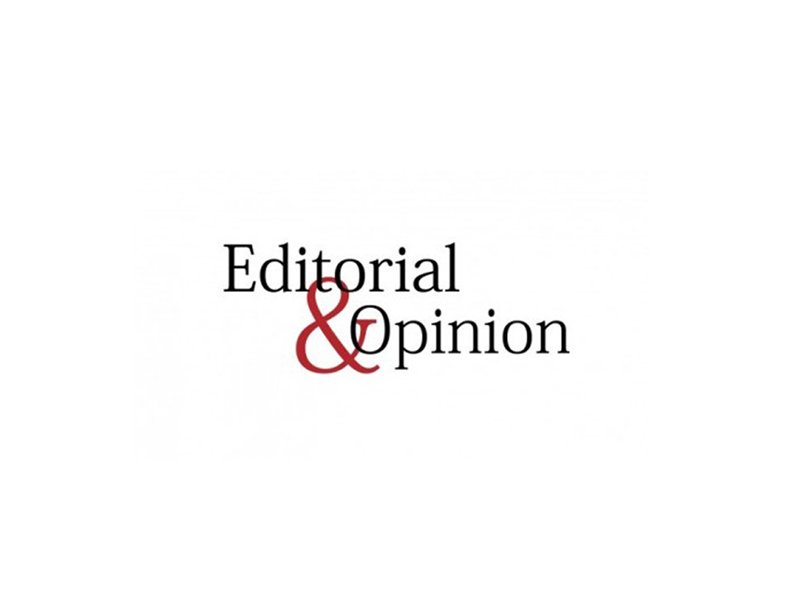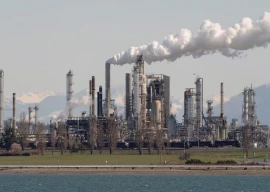
On Tuesday, the finance ministry shared the debt policy statement with the National Assembly as stipulated under the Fiscal Responsibility and Debt Limitation (FRDL) Act of 2005. The ministry attributed the increase in these ratios to lower foreign exchange earnings. Of course there were other factors such as stagnation in the exports largely due to global economic conditions, low commodity prices and bottlenecks in the energy and infrastructure sectors of the economy. Oddly there was no mention of adverse impacts of withholding tax refunds, raising the cost of doing business by imposing indirect taxes and enforcing electricity surcharges on exports.
The good news, however, is the slight improvement in the external debt-to-gross domestic product ratio — the sole external indicator that showed an upturn.
Ultimately, the sustainability of the external debt can be assessed though proper financing of the outstanding debt repayment without falling back on foreign exchange reserves. From the current external debt position and other indicators, we can see that Pakistan is facing a whirlpool of woes. The best way to navigate out of this crisis is to focus on sustainable measures to boost exports and bring down imports.
Published in The Express Tribune, February 1st, 2018.
Like Opinion & Editorial on Facebook, follow @ETOpEd on Twitter to receive all updates on all our daily pieces.













COMMENTS (1)
Comments are moderated and generally will be posted if they are on-topic and not abusive.
For more information, please see our Comments FAQ